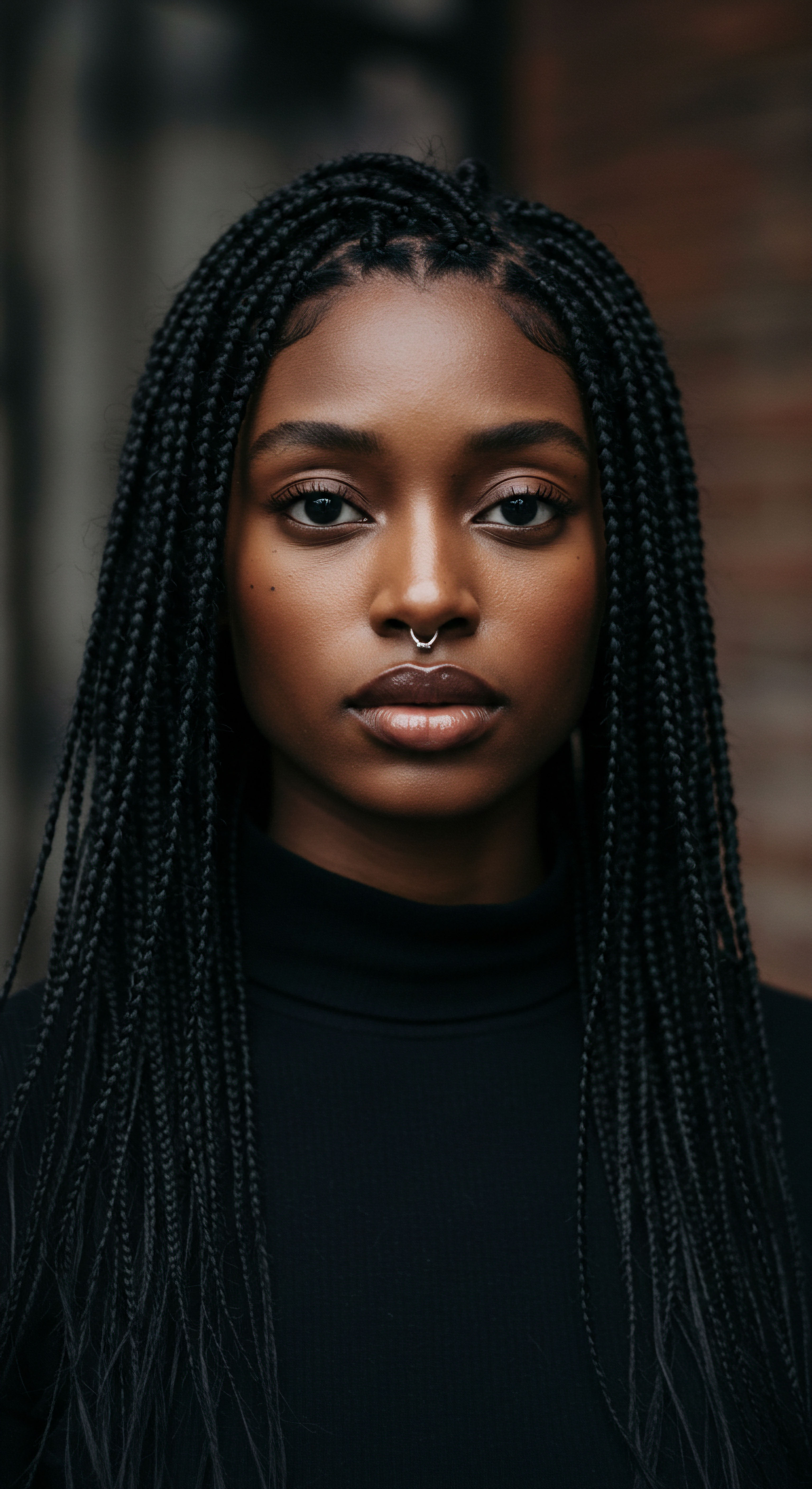
Roots
As twilight settles and the day’s pursuits subside, a quiet consideration often arises for those with textured hair ❉ how do we tend to our crowns through the long hours of slumber? It is a subtle shift, from the vibrant activity of day to the restorative stillness of night, yet within this transition lies a significant opportunity for preservation. The simple act of resting one’s head carries with it a potential for friction, for moisture displacement, for the very strands that adorn us to encounter forces that might diminish their vitality.
A familiar silken bonnet has long stood as a faithful sentinel in this nightly vigil, a gentle guardian against the harsh realities of abrasive sleep surfaces. Yet, the tapestry of hair care wisdom stretches far beyond this single, beloved item, revealing a spectrum of methods, each with its own gentle efficacy, waiting to be rediscovered or adopted anew.
To truly appreciate the scope of nighttime hair protection, we must first descend to the foundational elements of textured hair itself. The intricate architecture of each strand, particularly the delicate outer layer known as the Cuticle, plays a central role in its resilience and appearance. For textured hair, these cuticles often lift more readily than on straight hair, creating points of vulnerability.
This natural inclination means textured strands are more susceptible to losing moisture and experiencing friction damage, especially when pressed against unyielding or absorbent surfaces. The night, therefore, presents a sustained period where these vulnerabilities can be exacerbated, leading to dryness, breakage, and tangling if left unattended.

The Hair Strand’s Quiet Plea
Every curl, coil, and wave possesses a unique structure, often characterized by its elliptical shape and varied thickness along its length. This inherent architecture, while beautiful, also contributes to its susceptibility. The points where the hair bends are naturally weaker, and constant pressure or rubbing can cause these areas to fray or break. Think of a delicate silk ribbon ❉ if it is repeatedly rubbed against a rough surface, its smooth integrity will soon give way to a frayed edge.
Our hair strands, though more resilient, operate on a similar principle. Understanding this fundamental fragility helps us appreciate why protecting hair at night is not merely a cosmetic concern but a vital aspect of maintaining its structural soundness.
Protecting textured hair at night safeguards its delicate structure from friction and moisture loss, a quiet yet essential act of care.

Understanding Moisture Dynamics During Sleep
The nocturnal hours are a period of subtle yet significant environmental shifts for our hair. Our bodies release warmth, and the surrounding air, particularly indoors, can fluctuate in humidity. More critically, traditional bedding materials like cotton possess a remarkable capacity to absorb moisture. When your hair rests upon a cotton pillowcase, it actively draws hydration from your strands, leaving them parched and more prone to mechanical damage.
This unseen exchange of moisture can quietly undo the diligent conditioning efforts of the day, leaving hair feeling brittle and less pliable by morning. A true shield against the night’s subtle dehydrating forces must account for this delicate balance.
The principles of hair preservation at night revolve around minimizing friction and retaining moisture. These two pillars form the bedrock of any effective nighttime regimen, irrespective of the specific tools employed. By reducing the physical stress on the hair shaft and preventing the depletion of its internal hydration, we allow the hair to rest and recuperate, much like the body itself. This foundational perspective helps us see beyond a single solution, opening our minds to a wider array of methods that uphold these essential principles.
- Cuticle Integrity ❉ The outer layer of the hair, when smoothed and protected, prevents moisture loss and breakage.
- Moisture Preservation ❉ Keeping hair hydrated during sleep prevents dryness and brittleness.
- Friction Reduction ❉ Minimizing rubbing against abrasive surfaces guards against mechanical damage.

Ritual
Moving beyond the singular comfort of a bonnet, a world of intentional practices and alternative guardians presents itself for the nightly care of textured hair. This exploration steps into the realm of daily rhythms, those gentle, consistent acts that shape our hair’s vitality over time. It is a space where practical wisdom meets personal preference, where the quest for serene strands invites us to consider methods that extend and adapt the protective spirit of the bonnet. We seek solutions that not only shield our hair from the rigors of sleep but also contribute to its overall health, allowing us to greet the morning with hair that feels respected and replenished.

The Silent Companions of Sleep Surfaces
Perhaps the most accessible alternative to a bonnet lies in the very surface upon which we rest our heads ❉ the pillowcase. Shifting from conventional cotton to materials with a smoother surface drastically alters the nightly experience for textured hair. Silk Pillowcases, long lauded for their luxurious feel, offer a significant advantage.
Their tightly woven, smooth fibers create minimal friction against the hair cuticle, allowing strands to glide rather than snag. This reduction in friction helps to preserve curl patterns, prevent tangling, and minimize breakage.
Beyond silk, Satin Pillowcases present a more budget-friendly yet equally effective alternative. While not a natural fiber like silk, high-quality satin possesses a similar smooth finish that offers comparable benefits in reducing friction. The choice between silk and satin often comes down to personal preference for feel and budget, but both serve the core purpose of creating a gentle sleeping environment for your hair. The subtle difference in their material composition means silk can be slightly more breathable, while satin often holds up well to frequent washing.

Pillowcase Material Comparison
| Material Silk |
| Key Benefit Ultra-low friction, breathable, retains hair moisture |
| Consideration Higher cost, requires delicate washing |
| Material Satin |
| Key Benefit Low friction, budget-friendly, good moisture retention |
| Consideration Less breathable than silk, synthetic origin |
| Material Cotton |
| Key Benefit Common, widely available |
| Consideration High friction, absorbs hair moisture, causes tangling |
| Material Selecting a smooth sleep surface is a primary step in protecting textured hair. |
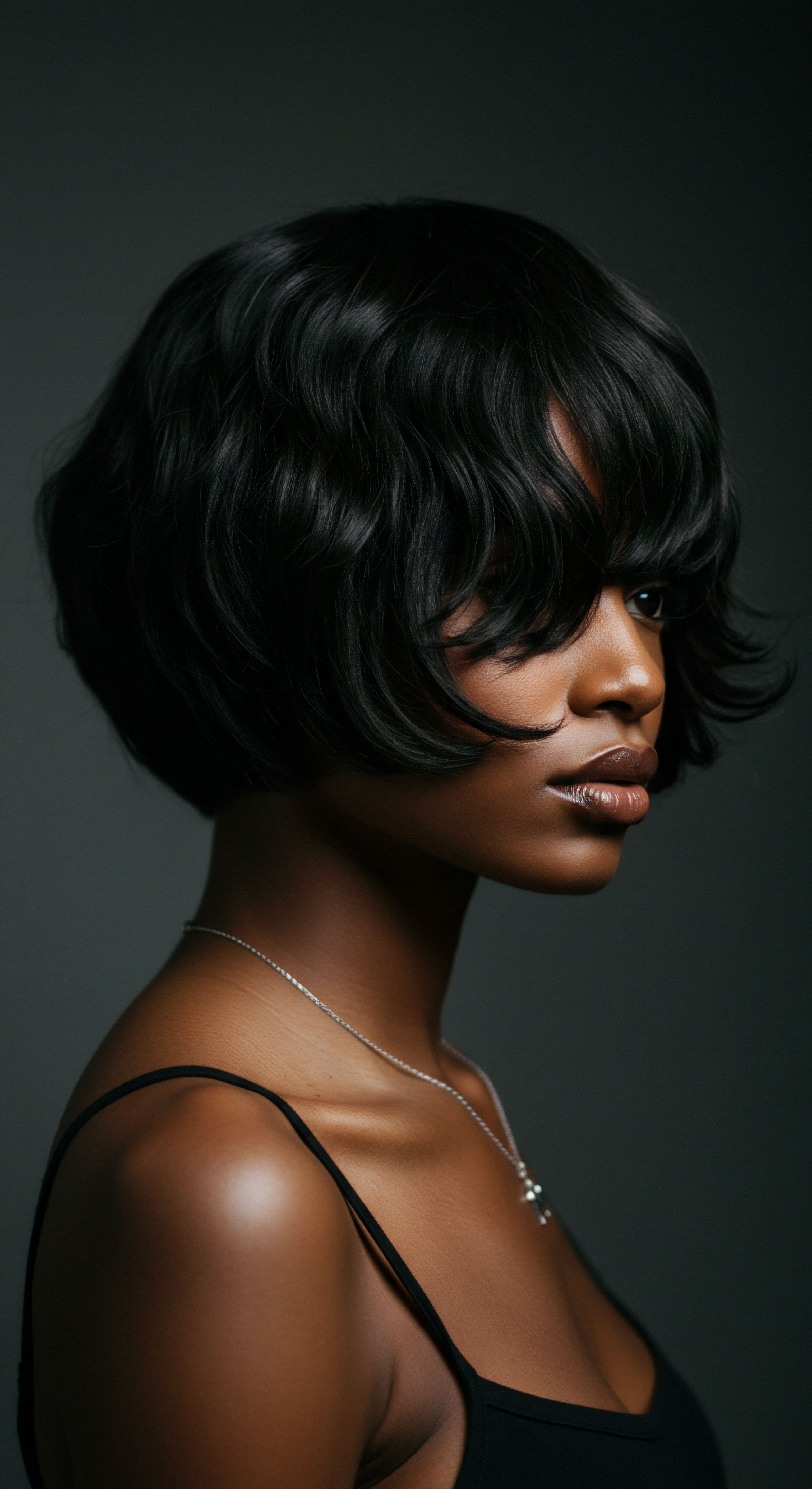
Creative Hair Wraps and Styling for the Night
The bonnet’s purpose is to contain and protect. This objective can be achieved through various other forms of head coverings or strategic styling. A Silk or Satin Scarf, for instance, offers immense versatility. It can be tied in numerous ways to secure hair, whether pineapple-style for volume preservation or wrapped flat for elongated styles.
The larger surface area of a scarf allows for more creative positioning, accommodating various hair lengths and densities. Similarly, a soft, breathable turban can serve as a stylish and protective nighttime accessory, often providing more coverage and security than a traditional bonnet, particularly for those who move vigorously in their sleep.
Strategic wrapping and gentle styling before sleep can significantly shield textured hair from friction and preserve its natural patterns.
Beyond external coverings, the way hair is styled before bed profoundly impacts its morning condition. Loose Braids or Twists are time-honored methods for preserving curl patterns and minimizing tangling. These styles keep strands contained, preventing them from rubbing against each other or the pillowcase.
For those with shorter or medium-length hair, a loose “pineapple” bun placed high on the crown can preserve volume and minimize flattening at the back of the head. The key is to ensure these styles are not too tight, as excessive tension can cause stress on the scalp and hair follicles.
The ritual of preparing hair for sleep extends beyond simply covering or styling. It includes a gentle application of moisture and a sealant. A light leave-in conditioner or a touch of hair oil can create a protective barrier, reinforcing the hair’s natural defenses against the dehydrating effects of the night. This preparatory step ensures that even with the most luxurious pillowcase or carefully tied scarf, the hair begins its nightly rest adequately hydrated.
- Pineapple Method ❉ Gather hair loosely on top of the head with a soft scrunchie.
- Loose Braids ❉ Create two or more loose braids to stretch and protect hair.
- Twists ❉ Form individual twists or flat twists for defined patterns and reduced tangles.

Relay
To truly comprehend the expanse of hair protection beyond the familiar bonnet, we must consider the deeper currents that influence our strands during sleep. This involves a thoughtful examination of how our nightly habits intersect with the intrinsic biology of hair and the often-overlooked environmental elements within our sleeping spaces. The discussion moves beyond simple alternatives to a more nuanced exploration of scientific principles, cultural legacies, and even the surprising ways our sleep positions can alter the destiny of our hair.

Does Sleep Position Matter for Hair Health?
While often overlooked, the position we adopt during sleep can have a subtle yet persistent influence on hair health, particularly for textured hair. Side sleepers and stomach sleepers, for instance, often exert more direct pressure on their hair against the pillow surface compared to back sleepers. This sustained pressure, combined with natural nocturnal movements, can lead to increased friction and mechanical stress on specific areas of the scalp. Over time, this localized stress might contribute to patterns of breakage or thinning, particularly along the temples or the nape of the neck, areas commonly compressed against bedding.
Consider a study published in the Journal of Cosmetic Science in 2014, which explored the friction properties of various textiles against human hair. Researchers found that while silk exhibited the lowest coefficient of friction, the pressure applied during sleep could still induce a measurable amount of strain on hair fibers, even with optimal surfaces. This suggests that while a smooth pillowcase is paramount, reducing direct, prolonged pressure on hair through mindful sleep positions, or by utilizing very loose, high buns or pineapples, can further minimize mechanical damage. The simple act of shifting to a back-sleeping position, where possible, can alleviate direct contact for a significant portion of the hair, allowing it to rest more freely.
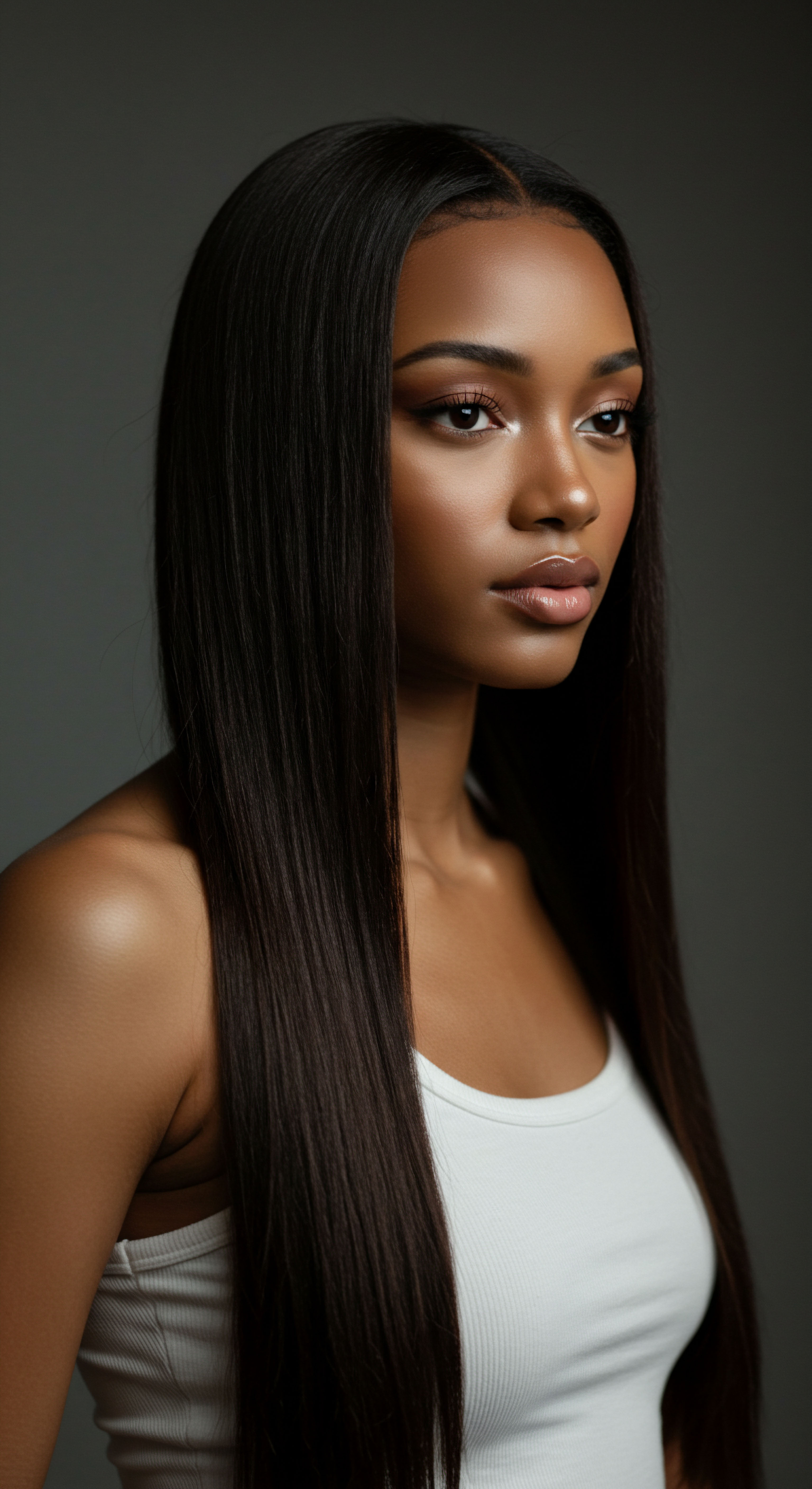
Beyond Material Science How Does Environmental Humidity Influence Nighttime Hair?
The microclimate of our sleeping environment plays a silent yet substantial role in the nighttime care of textured hair. Humidity, or its absence, can dramatically affect hair’s moisture balance. In arid climates or during colder months when indoor heating is prevalent, the air becomes exceptionally dry.
This dry air acts like a sponge, drawing moisture not only from our skin but also from our hair. Even with protective coverings or pillowcases, prolonged exposure to low humidity can lead to dehydration of the hair shaft, making it more brittle and susceptible to breakage upon waking.
Introducing a Room Humidifier into the sleeping space can be a remarkably effective, albeit unconventional, tool for nighttime hair protection. By maintaining a relative humidity level between 40-60%, a humidifier helps to keep the ambient air from stripping moisture from your hair. This environmental control complements the physical barriers of silk or satin, creating a truly supportive atmosphere for hair preservation.
The hair, less prone to moisture loss, remains pliable and less vulnerable to friction-induced damage. This approach moves beyond direct hair contact solutions to a more holistic management of the hair’s environment.
Historically, various cultures developed ingenious ways to protect hair during sleep, often without the modern bonnet. In some African traditions, intricate Braiding Patterns were not only decorative but also served as practical overnight protective styles, sometimes sealed with natural oils. These practices recognized the vulnerability of loose hair and the necessity of containing it.
Similarly, some Asian cultures utilized specific Wooden or Bamboo Headrests, which, while firm, allowed for minimal contact with the main body of hair, often keeping it elevated and away from friction. These historical approaches, while diverse, consistently highlight the human inclination to shield hair from the rigors of sleep, long before the advent of commercial sleep accessories.
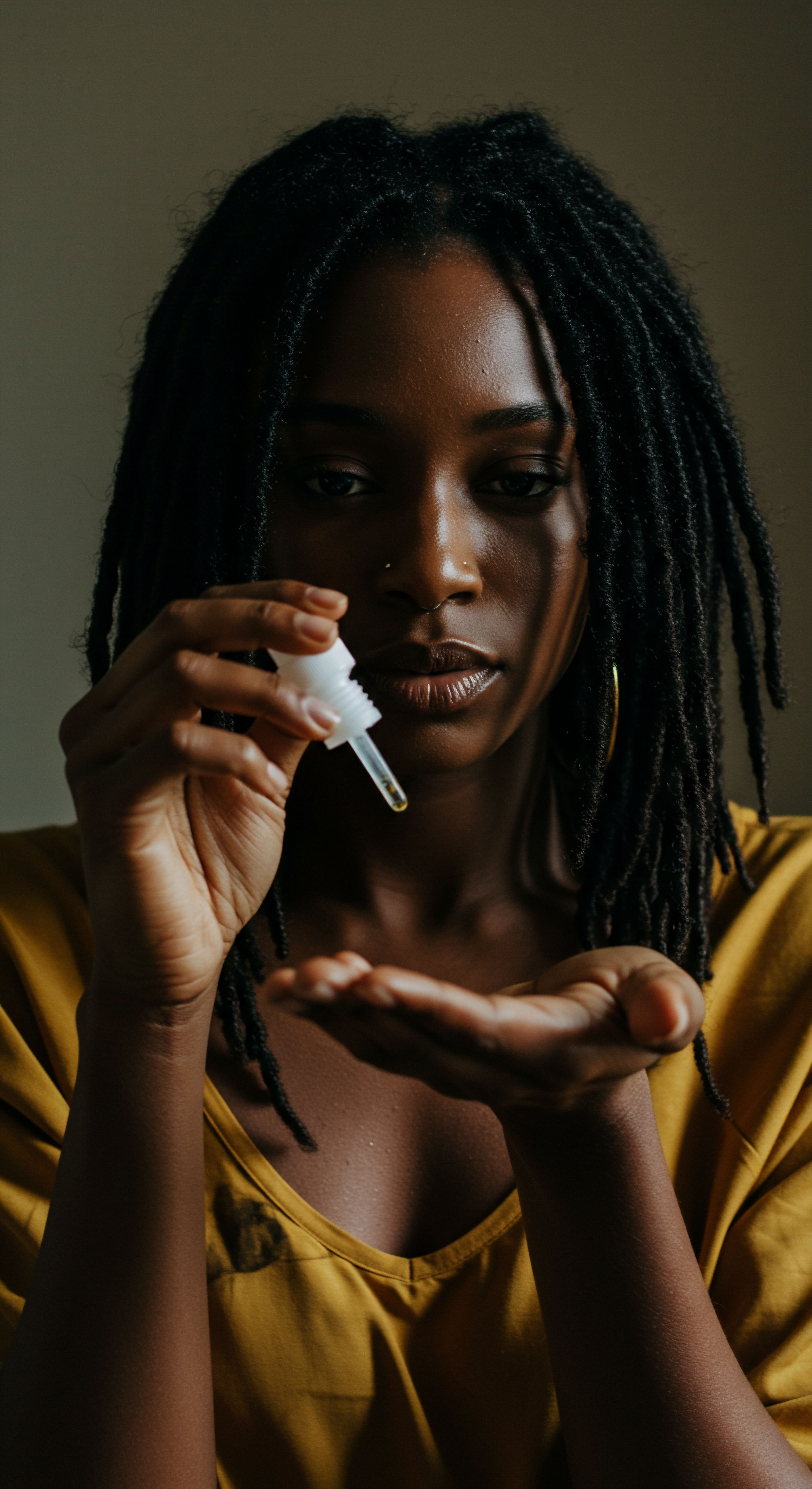
The Unseen World of Microfiber and Hair
While silk and satin are widely recognized for their hair-friendly properties, the rise of microfiber in bedding presents an interesting counterpoint. Microfiber, often praised for its softness and affordability, is composed of extremely fine synthetic fibers. Its absorbency, while beneficial for cleaning, can be detrimental to hair moisture. Furthermore, the very structure that makes it soft can still create a degree of friction, especially for delicate textured strands.
Research into textile-hair interactions, though often focused on industrial applications, continually underscores the importance of surface smoothness and low friction coefficients for hair preservation. A comparative analysis of various fabric types reveals a clear hierarchy in terms of hair compatibility, with natural silk often ranking highest due to its protein structure aligning more harmoniously with hair’s own protein composition.
| Factor Low Humidity |
| Influence on Hair Causes hair dehydration, brittleness |
| Protective Measure Room humidifier, deep conditioning |
| Factor Sleep Position |
| Influence on Hair Localized friction, breakage points |
| Protective Measure Back sleeping, high loose buns/pineapples |
| Factor Pillowcase Material |
| Influence on Hair Friction, moisture absorption |
| Protective Measure Silk or satin pillowcases |
| Factor A holistic approach to nighttime hair care considers both direct contact and environmental conditions. |
The true depth of nighttime hair protection lies in understanding these interconnected factors. It is a dialogue between the hair’s inherent characteristics, the physical environment, and our personal habits. By stepping beyond the single solution of a bonnet, we are invited to cultivate a more comprehensive and informed approach, one that respects the intricate biology of our hair and honors the wisdom passed down through generations. This broader view allows for a more personalized and effective regimen, ensuring that each morning greets us with hair that reflects a night of intentional, restorative care.
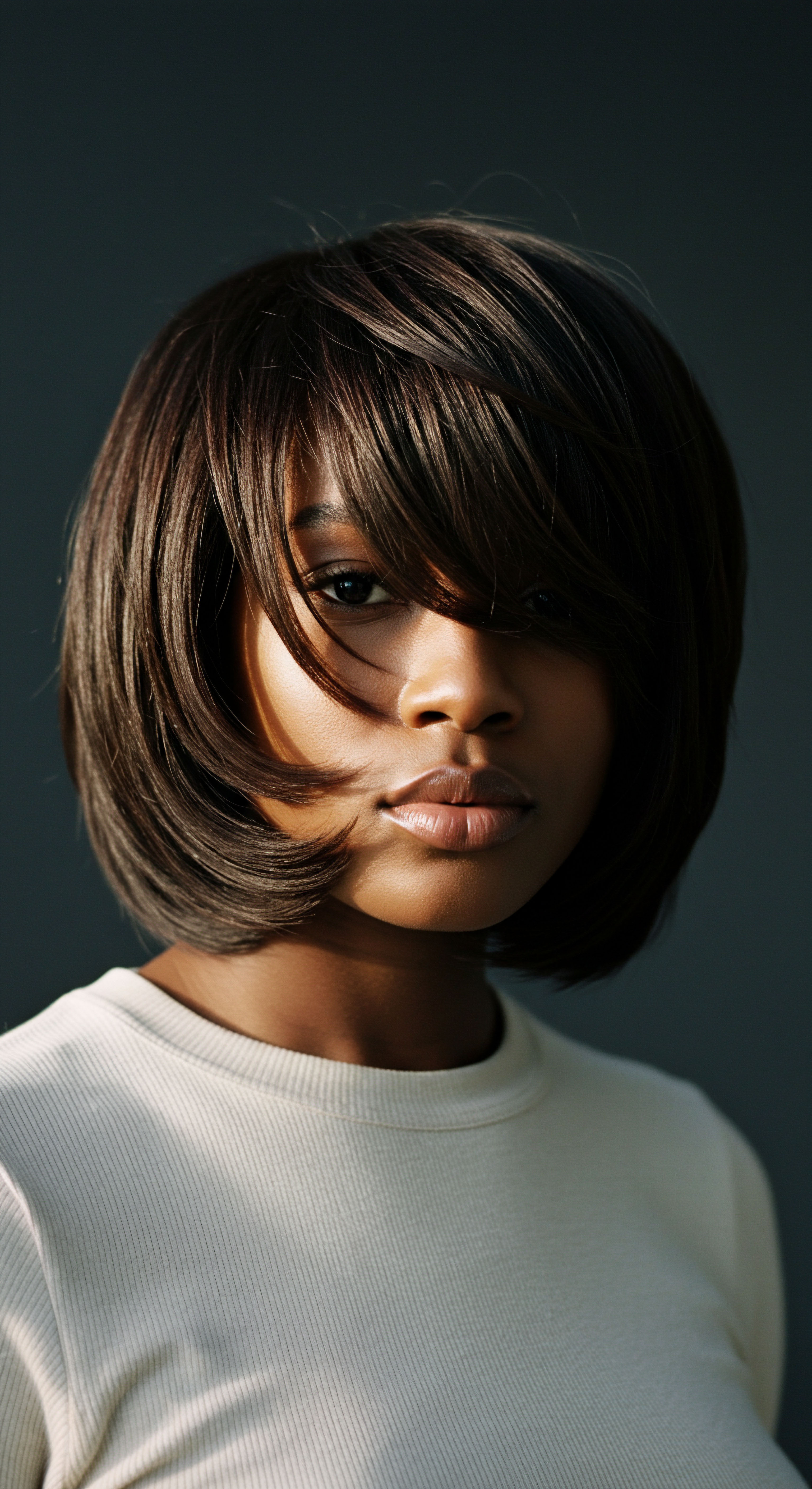
Reflection
The journey through alternatives for nighttime hair protection reveals a landscape rich with choices, each offering a gentle hand in preserving the vitality of textured strands. It is a testament to the quiet power of thoughtful habits, a reminder that the subtle rhythms of our daily lives, particularly as we rest, hold profound implications for our hair’s health. We have considered the inherent architecture of textured hair, the silent influence of sleep surfaces, and the often-unseen impact of our immediate environment.
The path to serene strands at dawn is not confined to a single item but unfurls through an understanding of moisture, friction, and the deliberate creation of a nurturing space for our crowns to recuperate. This exploration encourages a personal dialogue with our hair, prompting us to listen to its needs and respond with informed, gentle care, allowing its natural beauty to shine with quiet resilience.

References
- R. G. R. S. (2014). Friction Properties of Human Hair ❉ Influence of Textile Substrates and Environmental Conditions. Journal of Cosmetic Science, 65(3), 135-146.
- McMichael, A. J. (2014). Hair and Scalp Diseases ❉ Medical, Surgical, and Cosmetic Treatments. CRC Press.
- Robbins, C. R. (2012). Chemical and Physical Behavior of Human Hair. Springer.
- Goldsmith, L. A. Katz, S. I. Gilchrest, B. A. Paller, A. S. Leffell, D. J. & Wolff, K. (Eds.). (2012). Fitzpatrick’s Dermatology in General Medicine (8th ed.). McGraw-Hill Education.
- Marsh, J. (2017). The Hair Care Revolution ❉ A Guide to Healthier Hair. Greenleaf Book Group Press.
- Franbourg, A. Hallegot, P. Baltenneck, F. Freyssinet, J. M. & Bouillon, C. (2003). Current Research on Hair and Hair Follicle Biology. Pathologie Biologie, 51(3), 162-169.
- Draelos, Z. D. (2011). Cosmetic Dermatology ❉ Products and Procedures. Wiley-Blackwell.
- Dawber, R. P. R. & Van Neste, D. (2005). Hair and Scalp Disorders ❉ Common Problems and Their Management. Blackwell Science.